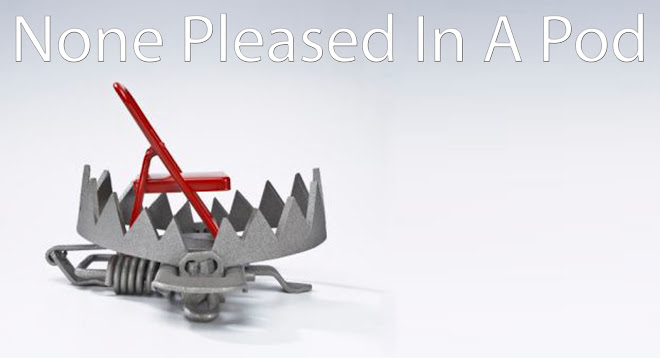 illiseconds to blink, but it takes the brain around 100 milliseconds longer to process what can be seen. We might not be conscious of this time lag going on but, in those milliseconds, there are a huge number of happenings that pass us by. With state of the art cameras you can see for example, the shock wave emitted by a bomb simply by slowing footage down or learn that the fasted thing in the world lives in cow pat. For me the most fascinating feature of this series was the part about spiders and their webs
illiseconds to blink, but it takes the brain around 100 milliseconds longer to process what can be seen. We might not be conscious of this time lag going on but, in those milliseconds, there are a huge number of happenings that pass us by. With state of the art cameras you can see for example, the shock wave emitted by a bomb simply by slowing footage down or learn that the fasted thing in the world lives in cow pat. For me the most fascinating feature of this series was the part about spiders and their websThrough the use of amazing macro photography we understand how a spider sets about constructing its web. First the the spider uses one several different types of silk, this one being particularly strong and sets out the primary stands including the 'spokes' of the web. Next the spider turns back on himself using a different type of silk this time very sticky, to spin the spirals and setting the lethal trap for the insect to touch, making sure to leave the centre of the wet sticky silk free where he sits and waits for his prey. I really like this idea of a trap and can see a huge range of ideas that use in it as a weapon! Through very detailed photography we can see how this silk is produced
On the abdomen of the spider are four organs called Spinnerets. Each of these spinnerets are dotted with mobile finger like spigots. These squirt
 out liquid protein, which dries when coming into contact with air forming a super strong thread. With all these thread twisted together you end up with an even stronger one. A spider can produce over 700 metres of silk in one continuous strand. This strand is 30 times thinner than human hair and if it was as thick as a pencil it could pull an ocean liner with ease. This is an image taken from the episode, showing the four spinnerets and there finger like spigots squirting out liquid protein
out liquid protein, which dries when coming into contact with air forming a super strong thread. With all these thread twisted together you end up with an even stronger one. A spider can produce over 700 metres of silk in one continuous strand. This strand is 30 times thinner than human hair and if it was as thick as a pencil it could pull an ocean liner with ease. This is an image taken from the episode, showing the four spinnerets and there finger like spigots squirting out liquid proteinScientists also believe that the strength of a spiders web is down to the water droplets found at every junction. Inside each droplet are strands of web that are tightly curled, so when a fly hits the web the strands unravel and make the web flex and stretch

This technology has been applied to man made objects such as a bullet proof vest. The harm inflicted from a bullet travelling at 600mph is dramatically lowered by the presents of a vest. The vest is made from many layers of densely woven or laminated fibres that spread the energy of the impact. There has been a lot of work done on the idea of carbon fibres, a strand 5 times thinner than a human hair is 10 times stronger than steel! Each fibre is made of more than 1 million tubes of carbon just 1 atom thick
I am now really interested in the idea of incorporating a trapping component into my weapon design. If you want to view this episode click on the link below, I strongly recommend you do!


No comments:
Post a Comment